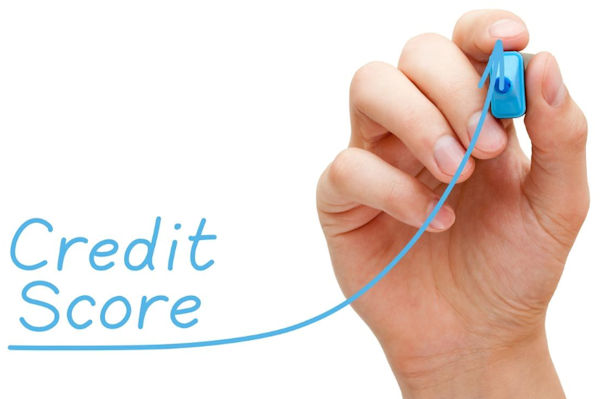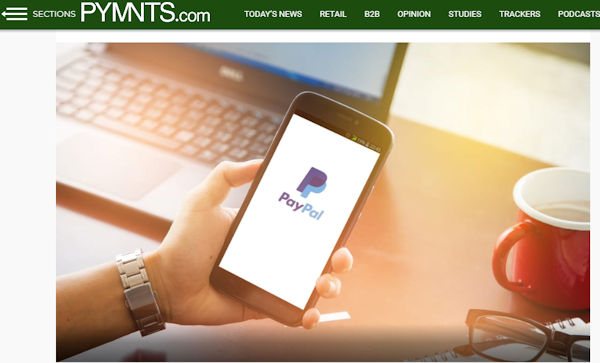
Source: LoanNEXUS
Getting a small business loan can be challenging for many entrepreneurs, especially if they are new to the market or have a low credit score. There are several factors that lenders consider when evaluating a loan application, such as the business’s credit history, collateral, income, debt, and capital investment. These factors help lenders assess the risk and profitability of lending to a small business.
Some of the common reasons why small businesses struggle to get a loan are:
– Lack of collateral: Collateral is an asset that the borrower pledges to the lender as a security for the loan. If the borrower fails to repay the loan, the lender can seize and sell the collateral to recover their money. Many small businesses do not have enough collateral to secure a loan, or they may not want to risk losing their personal property if they default on the loan.
– Poor or insufficient credit: Credit is a measure of how well a borrower has managed their past and current debts. Lenders check both the personal and business credit reports and scores of the borrower to determine their creditworthiness. A low credit score or a limited credit history can indicate that the borrower is not reliable or responsible with their finances, and may not be able to repay the loan on time.
Click here to read the full article
March 27, 2024 | admin

Source: LoanNEXUS
There are different types of financing for small businesses, depending on their needs, qualifications and preferences. According to the Library of Congress, financing for small business can be classified into two main categories: equity financing and debt financing. Equity financing is funding given in exchange for partial ownership and future profits, while debt financing is money that must be repaid, usually with interest.
Some of the most common types of debt financing for small businesses are:
Term loans: These are loans that are repaid in regular installments over a fixed period of time. Term loans can be obtained from banks, credit unions or online lenders, and can have low interest rates and competitive terms for well-qualified borrowers.
SBA loans: These are loans that are guaranteed by the U.S. Small Business Administration (SBA), which reduces the risk for lenders and makes it easier for small businesses to access capital. SBA loans can be used for various purposes, such as working capital, expansion, equipment or real estate. SBA loans have low interest rates and long repayment terms, but they also have strict eligibility requirements and a lengthy application process.
Click here to read the full article
May 28, 2023 | admin

Source: Fool.com | The Ascent
When you own a business, there often comes a point where you need to borrow money to maximize growth. Although many lenders offer business loans, they generally have revenue and time in business requirements that some companies will have trouble meeting. Even getting an SBA loan can be difficult for newer businesses.
If business loans are out of the question, here are three other funding options that could work for your business.
1. Personal loans
A personal loan is one of the most flexible types of loans you can get. While most loans must be used for a specific purpose, a personal loan can be used for just about anything, including business expenses.
Click here to read the full article
October 30, 2022 | admin

Source: Business.com
Bridge loans are a form of short-term funding intended to help your business buy assets or complete projects.
A bridge loan is a form of short-term financing that is designed to help a company meet its obligations until it secures a long-term business loan. This type of business loan is commonly used in commercial real estate and other transactions where timing is key and businesses need to secure funds quickly in order to take advantage of an opportunity.
When a business takes out a bridge loan, it uses the proceeds to purchase or improve assets, or to finance its own operations. Then, once it secures long-term financing, it uses the funds from the new long-term loan to pay off the bridge. Businesses use bridge loans (which often carry interest rates several points higher than conventional long-term financing) to fill short-term funding gaps. These include asset purchases, such as real estate, equipment, and inventory.
Click here to read the full article
April 10, 2021 | admin

Source: Lendio
As the coronavirus (COVID-19) pandemic continues to spread, the federal government has allocated resources to support small businesses through economic hardship and hopefully restore some of the jobs lost (now at 9.6 million people according to the latest jobs reports) as a result of mass stay-at-home orders and business closures.
Given how quickly the rollout has come—and how many changes have happened along the way—many small business owners have been left scratching their heads, saying, “Wait a second, how do these SBA coronavirus loans work, and will my business even qualify?”
Great question. Let us answer it.
Click here to read the full article
April 5, 2020 | admin

Source: Forbes
Kevin Banahan operated his Brooklyn-based skateboarding academy as a side gig for years, renting space from another business. Eventually, he and his partner decided the academy had grown strong enough to merit its own location.
When Banahan’s local bank wouldn’t grant him a loan to establish a physical space for SKATEYOGI, due to his lack of collateral, he applied for financing through Lendio’s marketplace. Banahan received a loan of about $35,000 from American Express that was based on his business credit card sales.
Click here to read the full article
November 25, 2019 | admin

Source: U.S. News
Small business loans are typically used to start a business, purchase inventory or equipment, purchase real estate, or expand an existing business. According to a report from the National Small Business Association, about three-quarters of small businesses were able to access adequate financing at the end of 2017, including through loans, credit cards, venture capital and crowdfunding.
The NSBA report indicates small business loans are a key component of economic growth for small businesses and their employees. There is a direct correlation between small business financing access and the ability to hire employees., small business bank loans totaled nearly $600 billion in 2015. At the same time, lending from alternative sources such as finance companies and peer-to-peer, or P2P, marketplace lenders amounted to $593 billion.
While small business loans can be difficult to obtain, there are options. In this guide, you’ll learn how small business loans work and how you can find the best loan to start or expand your small business.
Click here to read the full article
June 11, 2019 | admin

Source: Yahoo Finance
Is your credit score in the doldrums? If you’re in the market for a loan, you need your score to rise – fast.
Good news: You may indeed be able to give your score a quick lift, depending on why it’s sagging in the first place. A large amount of credit card debt, for example, may be more easily and speedily resolved than an account that’s in default.
Here are six ways to elevate your credit score, from those that can produce fast results to ones that require a slow and steady approach. Take a look.
Click here to read the full article
June 4, 2019 | admin

Source: PYMNTS.com
Businesses of a certain size — and in industries as varied as construction and restaurants — know the pain of wondering if they will have enough capital to fund operations, inventory, expansion and other mission-critical business activities. They know the uncertainty of going to traditional financial institutions (FIs), even those rooted in their communities, that might not want to take on the risks or economics of extending smaller lines of credit to small businesses (SMBs), with fortunes that may change and which may find repayment challenging.
So, it’s within that context that PayPal announced new numbers today (May 29) on the impact of its lending business on the small business sector. To date, PayPal has issued more than $10 billion to SMBs through its various PayPal business financing options — a mark that underscores not only the demand for such capital, but how the proper deployment of digital technology can help with underwriting and loan origination for this significant sector of the U.S. and global economy. In a new PYMNTS interview, Karen Webster spoke with PayPal’s VP and Commercial Officer, Global Credit Darrell Esch about the story behind that $10 billion mark, and what’s coming next.
Click here to read the full article
June 2, 2019 | admin

Source: Entrepreneur
Small businesses can often find themselves strapped for cash. When payroll is due, and accounts receivables are still high, cash is king. Even the most successful small business is susceptible to this type of crunch.
As a four time venture-backed entrepreneur from the Silicon Valley, who has raised a total of $18 million for my tech startups, I’d like to offer some advice to early-stage entrepreneurs in hopes to shed light on alternative avenues to raising money.
Consider diversifying your fundraising strategy by adding non-conventional fundraising options. These days, there are several options for entrepreneurs. Technology and finance are combining to provide creative solutions to help business owners push through monthly bills without the normal headaches.
The reality is new innovative options exist beyond banks for entrepreneurs looking to leverage their strengths while reflecting their modern know-how. Also, the more entrepreneurs diversify financing independence early on, the more power they gain to shape the dynamics with their board later on.
Click here to read the full article
May 12, 2019 | admin











